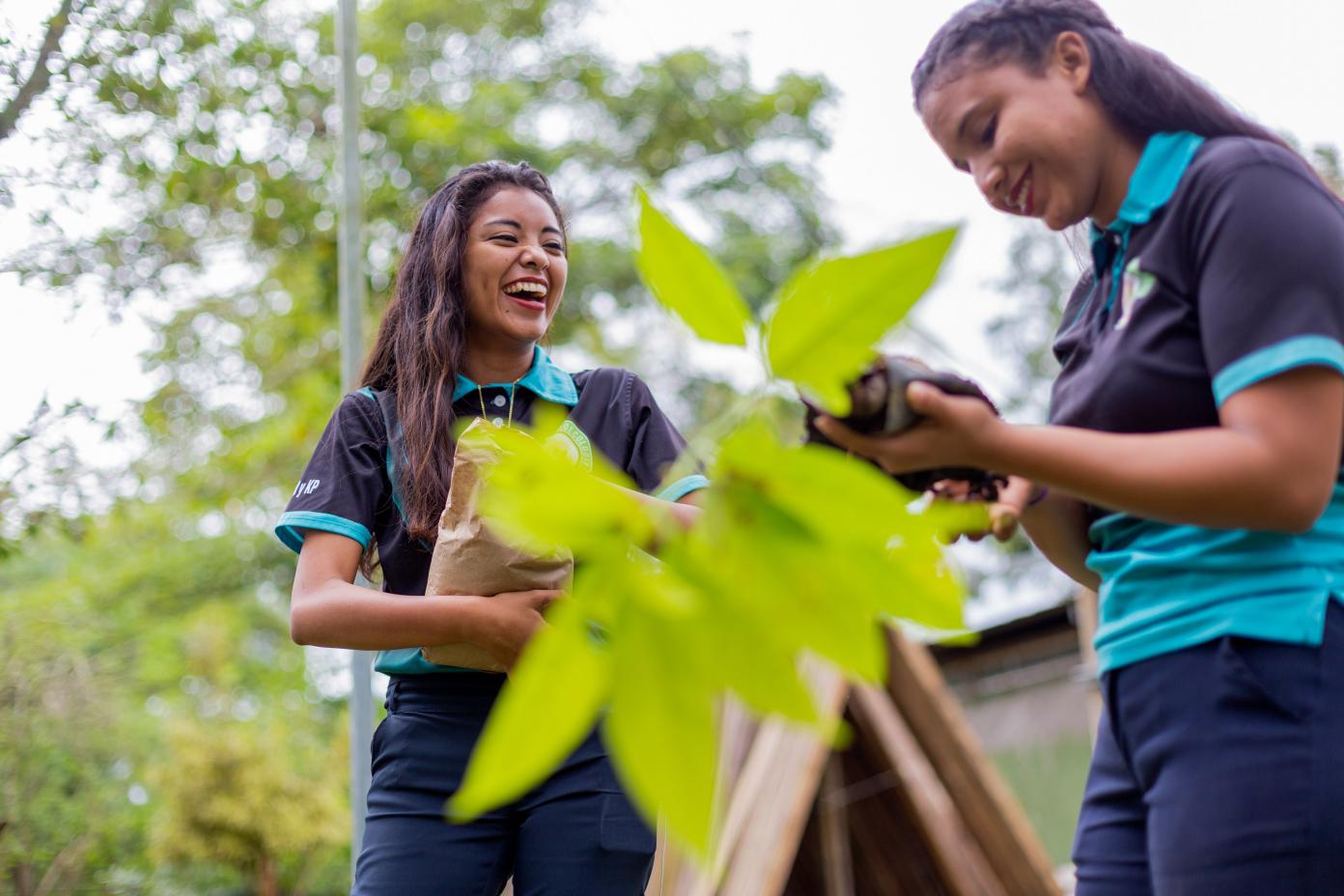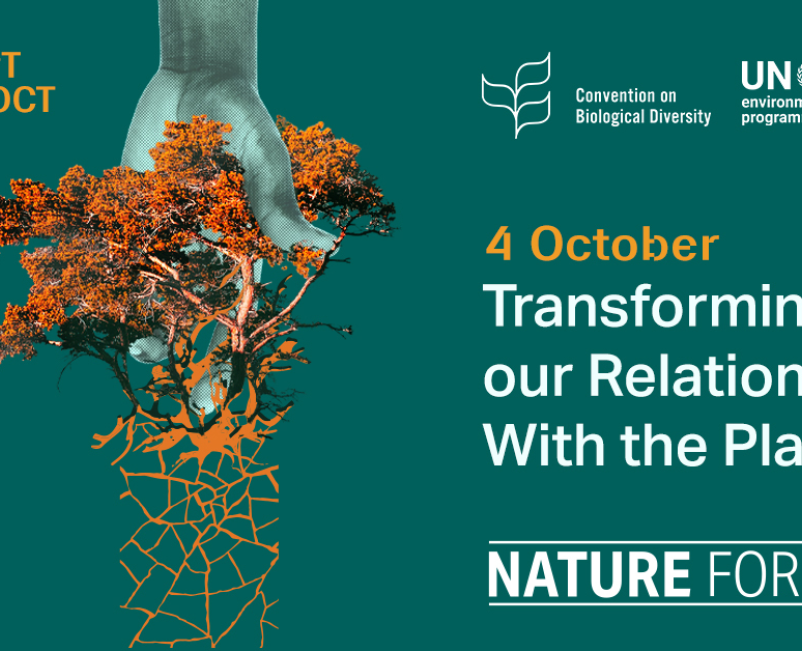Our future is slipping away from us. Mountain vistas that should be clear are regularly vanishing behind shrouds of smoke from forest fires. We wilt in the heat of over 100 °F Arctic days. We are lashed by the rain of yet another tropical storm, on the heels of volcanos, earthquakes and floods that wreak devastation. Drought is crippling our ability to produce crops to sustain our families and to supply the world with its morning cup of coffee. In every country around the globe, a pandemic of biblical proportions only exacerbates these crises, taking loved ones from us and further upending what we believed to be normal.
As we confront this reality, we invite you to imagine with us another path, one where we transform our relationship to the planet. We invite you to act with us to make this vision a reality. From 4 to 6 October, the virtual Nature for Life Hub, coinciding with the 76th United Nations General Assembly, is calling all of us – activists, philanthropic leaders, businesses, scientists, Heads of State, and Indigenous peoples representatives - to make the transformational changes needed for a nature-positive future.
Day 1 of the Hub, on 4 October 2021, Transforming our Relationship to the Planet, offers powerful examples of initiatives that are beginning this transformational change at the local, global, and national levels. In Session 1, we explore what it means to create a global safety net. In Session 2, we learn from the incredible teachings of this year’s Equator Prize winners. In Session 3, we put together the pieces to understand how maps can help us bring together diverse stakeholders to put nature at the heart of sustainable development.
Maps help us see where nature is thriving, where it is being destroyed, and where it is contributing to economic development. Join us during Day 1 to journey to a world where Indigenous peoples in the Ecuadorian Amazon can map the lands they have safeguarded for millennia on a mobile app, even without internet connectivity. Experience what it looks like when the world’s leading scientists come together with governments and diverse stakeholders to co-create a map of hope that charts where to take action for nature, climate, and humankind. Learn how a satellite skimming the sky can document deforestation, and alert community and government enforcement via their mobile phones where it occurs.

 Locations
Locations
